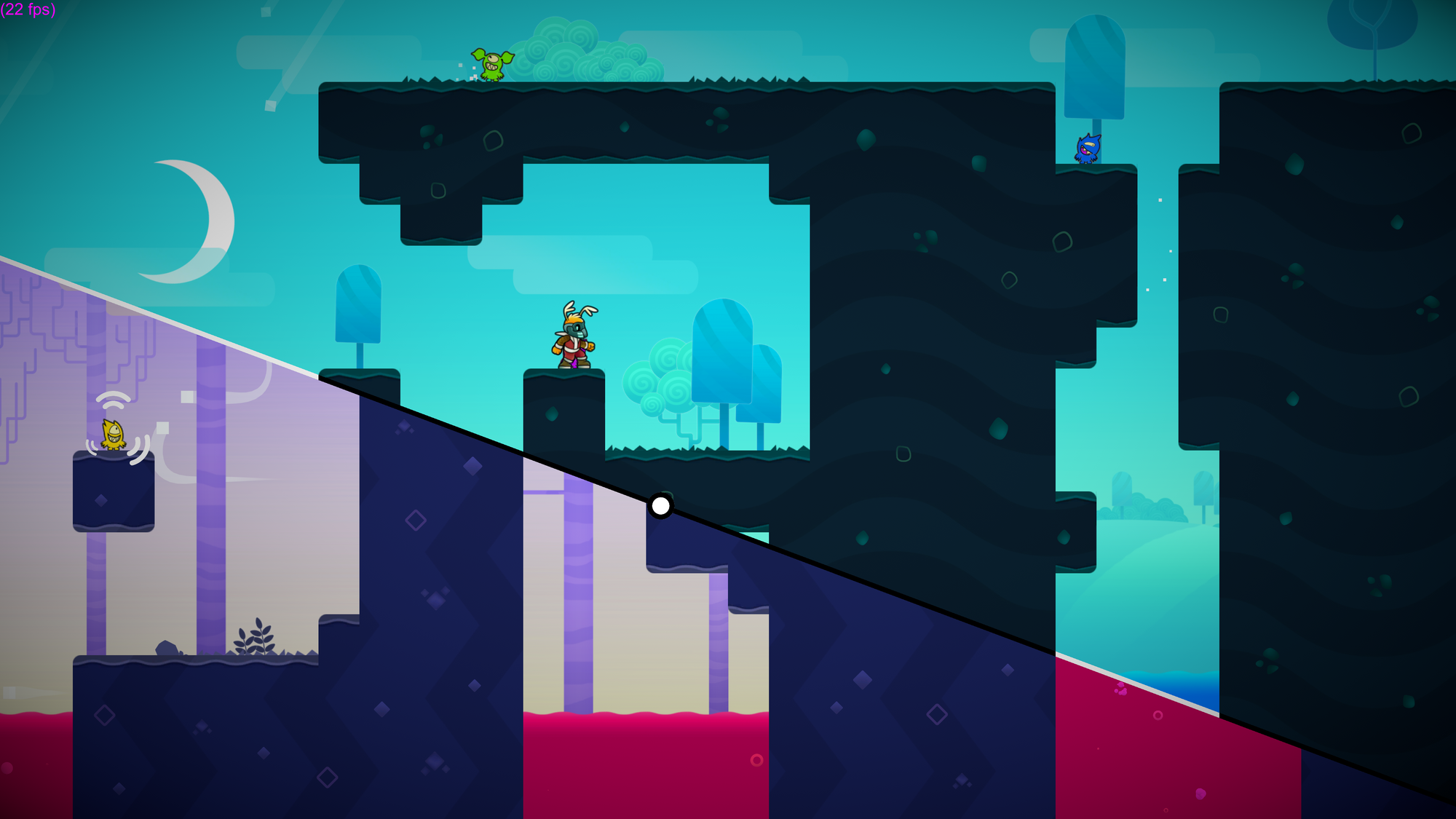World Splitter - Switch Review
"I was hooked on World Splitter from the first level and I thoroughly believe any fan of puzzle games will feel the same."

Puzzle games are a genre that is flooded with unfortunate mediocrity, I feel. At the time of writing this review, puzzle games sit with a little under 1500 options available on the Nintendo eShop, the third most populated game genre behind action games and adventure games. Of course, there are the gems that everyone knows within that library but each has their own qualities that set it apart from their competitors. Whether it be the whimsy of Untitled Goose Game, the rule bending ingenuity of Baba is You or the surprising challenge that the removal of a single mechanic can prove to be in Captain Toad: Treasure Tracker; what these games have in common is something to convince you to pick them up a second time, something that grabs you immediately to let you know that it is an experience worth investing your time in, something that a puzzle game needs given how heavily it relies on its only aspect of gameplay - its puzzles - when other genres can fall back on things like story or a diversity of mechanics. When it comes to World Splitter, I believe it deserves its place amongst the games listed above, with its gameplay centred on such an interesting and challenging concept that any fan of puzzle games will know its quality with a single touch of the right stick on level one.
Gameplay
World Splitter features a new take on the two world mechanic that many games have used in the past. Every level has two worlds, each with different geometry to navigate. The fresh twist on this mechanic, and most likely what inspired the title of the game, is the rift that splits the two worlds. Using the right stick, you can control the rift’s position, revealing more of one world while hiding the other. With the shoulder triggers, you can rotate the rift. This creates a gameplay experience that challenges your spatial awareness, your ability to carefully consider your next steps and your creativity with the utilization of the rift. Your character’s movement options are extremely limited, relegated to walking on flat surfaces and a very short, very shallow jump, so a lot of your vertical movement relies on the rift. There are a few methods to achieve this: one way is to position the rift horizontally close to the bottom of where a column would be and in the other world, placing your character on top of the column that is there and raising the rift - As the column comes into existence, your character is elevated until the rift passes the top of it; another way is to position the rift at a diagonal, cutting a column on a slant to make a ramp to walk up.

This hook also punishes you for careless play. If you are standing on a platform on one world that is in the middle of a column in the other and you move the rift too fast, you can be crushed; or if there is no platform on the other world and you move the rift, you will fall to your death. As the game progresses and enemies are introduced, handling the rift without a plan could end with enemies being released into your path, making completing a level difficult to impossible.
The ultimate goal of each level is to reach the opposite side of the screen. You are judged on three factors: First is the collection of tiny creatures that are spread throughout the level, second is how face you complete the level and third is how much you rotate the rift during the level. There are six worlds, each with ten levels to complete. Although score isn’t considered when unlocking a new level, completionists will find their work cut out for them with the stringent goals needed to obtain gold scores. The game also features a co-op multiplayer, with two characters and two rifts to control, which adds in a third world to navigate.
